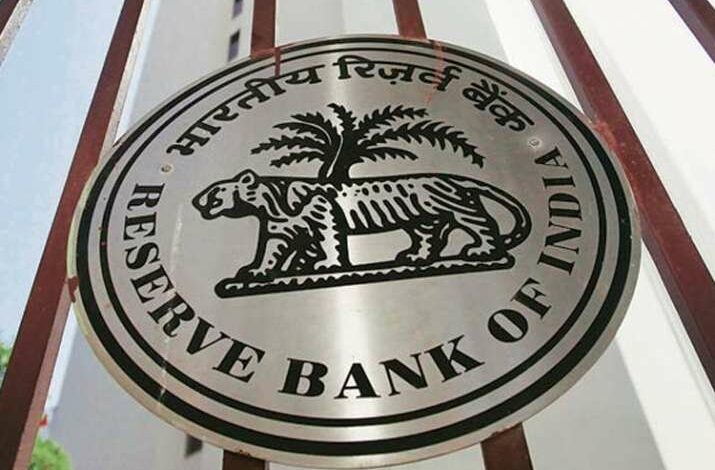
The Reserve Bank of India approved paying a higher-than-expected Rs 99,122 crore to the government as a dividend, providing cushion to the state at a time when a crippling second wave of the novel coronavirus may strain public finances.
In a statement, the RBI said its central board headed by Governor Shaktikanta Das has approved transferring Rs 99,122 crore surplus (commonly called dividend payment) out of the excess it generates from market operations, investments and printing of currency, for the accounting period of nine months ended March 31, 2021.
The higher-than-expected dividend or surplus transfer will aid the government in a year that may see lower tax collections due to the pandemic.
“The board in its meeting reviewed the current economic situation, global and domestic challenges and recent policy measures taken by the Reserve Bank to mitigate the adverse impact of the second wave of COVID-19 on the economy,” the RBI said.
This is the highest ever transfer by the RBI in a year after the Rs 1.76 lakh crore payout in the 2018-19 fiscal.
That year, the payment included Rs 1.23 lakh crore as dividend and Rs 52,637 crore excess provisions identified as per the revised Economic Capital Framework (ECF).
The payout exceeds the 2021-22 budget estimates of Rs 53,510.6 crore revenue from dividends by the RBI and state-owned banks and financial institutions. Just the surplus paid by the RBI has surpassed that target by around Rs 45,611 crore.
For fiscal 2020-21, it was revised downwards to Rs 61,826.29 crore, from the earlier estimate of Rs 89,648.51 crore.
The RBI had transferred Rs 57,128 crore as surplus to the central government for the accounting year 2019-20 (July 2019 to June 2020) but this isn’t comparable with the current payout because of a change in the accounting year.
The RBI this year changed its accounting year to sync with April to March financial year. The earlier years were for the period July to June.
The payment this time around is for a nine-month period.
Besides worry on tax revenues, the government also has to generate a record Rs 1.75 lakh crore from the sale of stake in state-owned firms.
The RBI also decided to maintain a Contingency Risk Buffer at 5.50 per cent in line with recommendations of the Bimal Jalan Committee report. The panel had prescribed a Contingency Risk Buffer range of 6.5 per cent to 5.5 per cent.
With the change in the Reserve Bank’s accounting year to April-March (earlier July-June), the Board discussed the working of the RBI during the transition period of nine months (July 2020-March 2021).
During the meeting, the board approved the Annual Report and Accounts of the Reserve Bank for the transition period.
“The Board also approved the transfer of Rs 99,122 crore as surplus to the central government for the accounting period of nine months ended March 31, 2021 (July 2020-March 2021), while deciding to maintain the Contingency Risk Buffer at 5.50 per cent,” the statement said.
The 589th meeting of the Central Board was attended by Deputy governors Mahesh Kumar Jain, Michael Debabrata Patra, M Rajeshwar Rao and T Rabi Sankar.
Other directors of the Central Board, N Chandrasekaran, Satish K Marathe, S Gurumurthy, Revathy Iyer and Sachin Chaturvedi also attended the meeting.
Debasish Panda Secretary, Department of Financial Services and Ajay Seth, Secretary, Department of Economic Affairs too attended the meeting.




